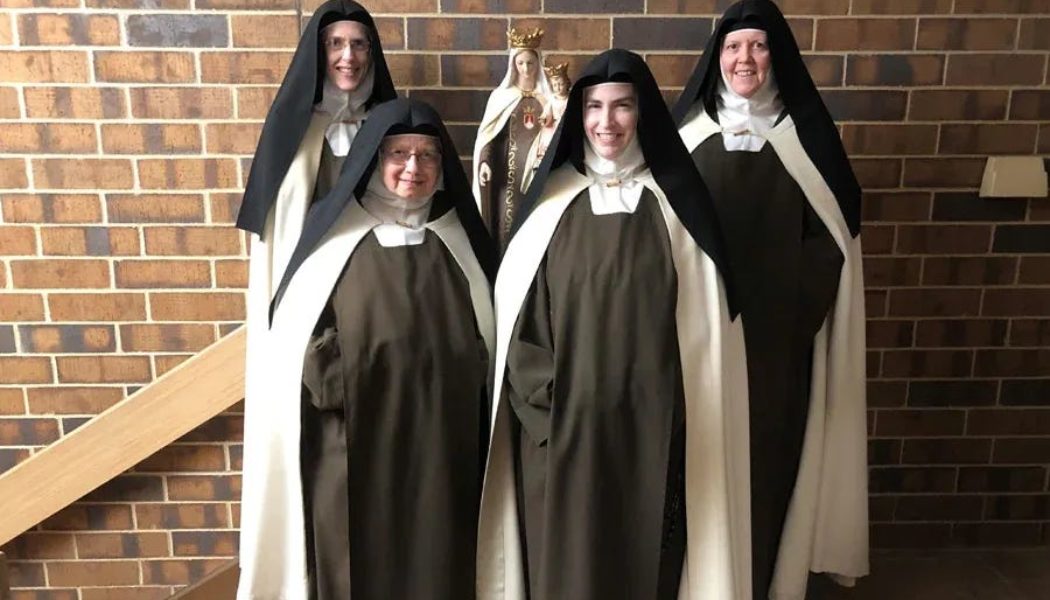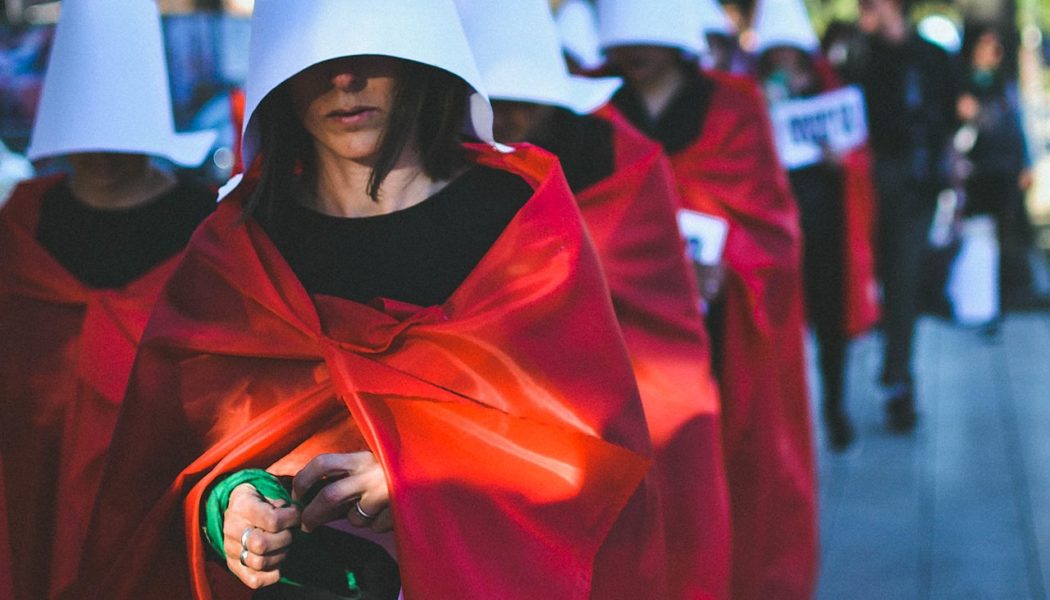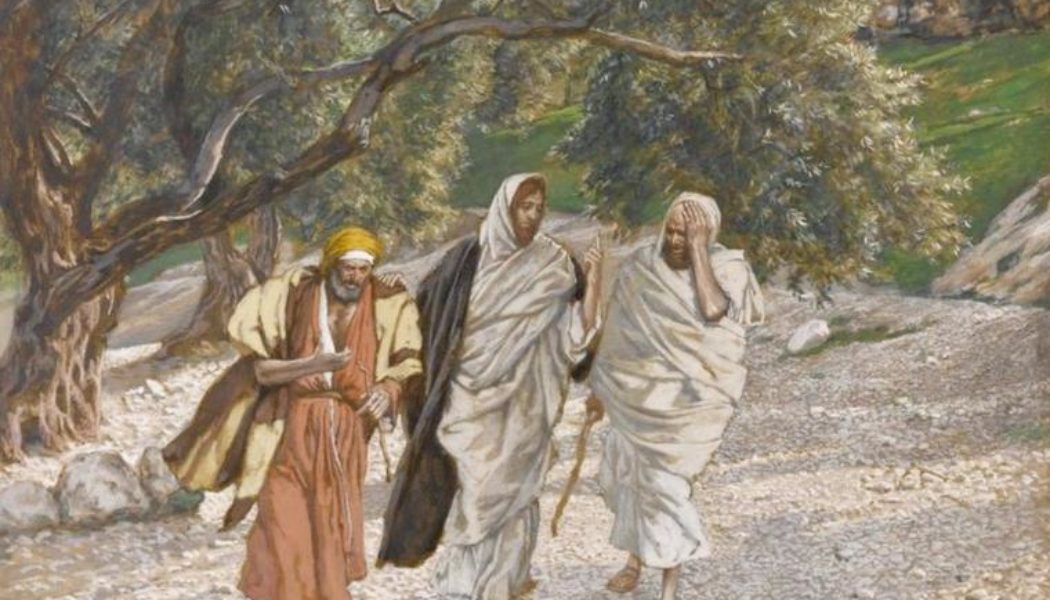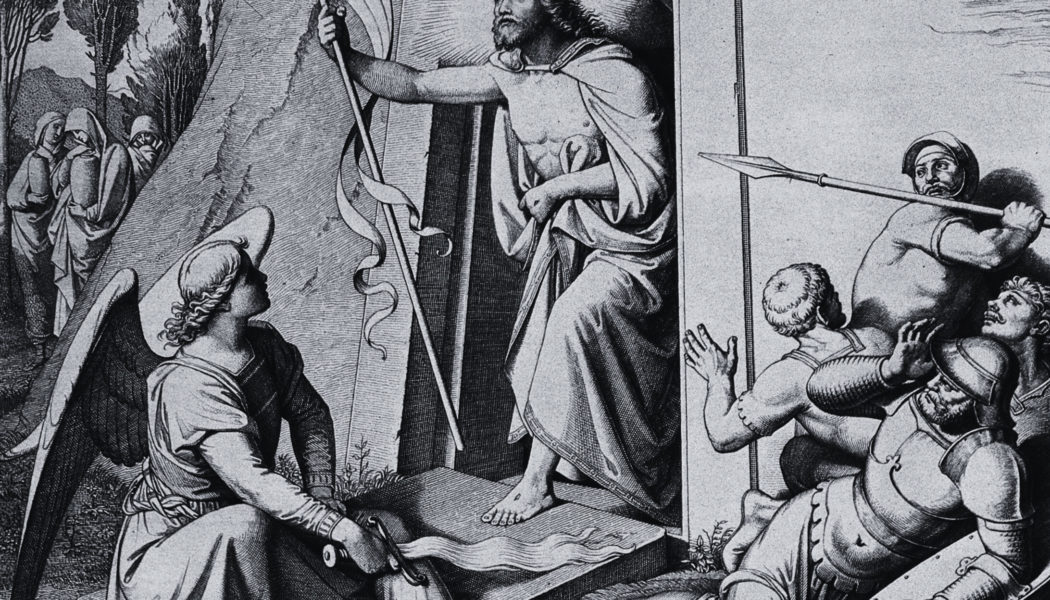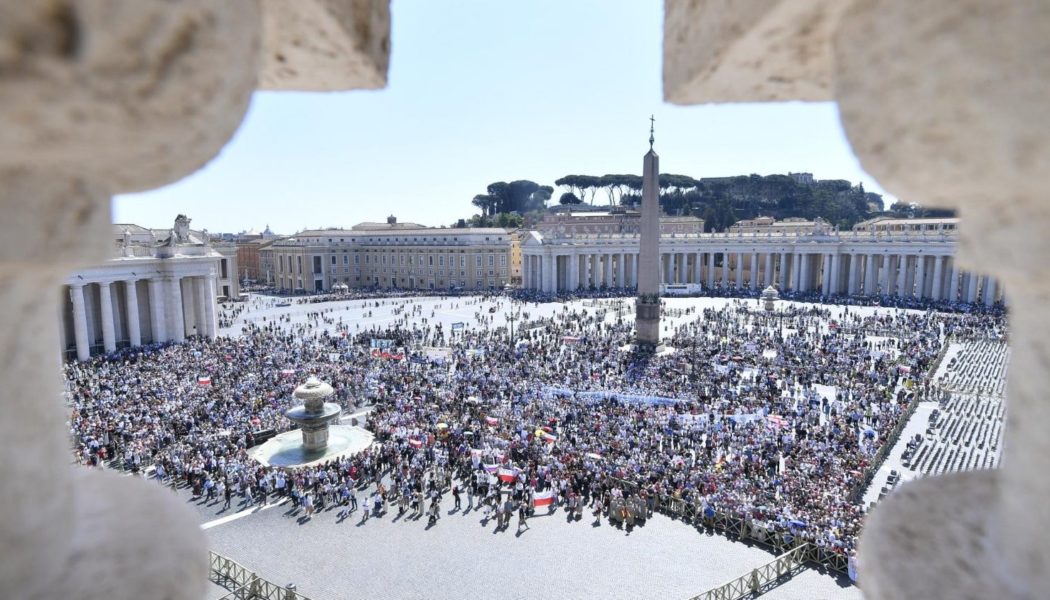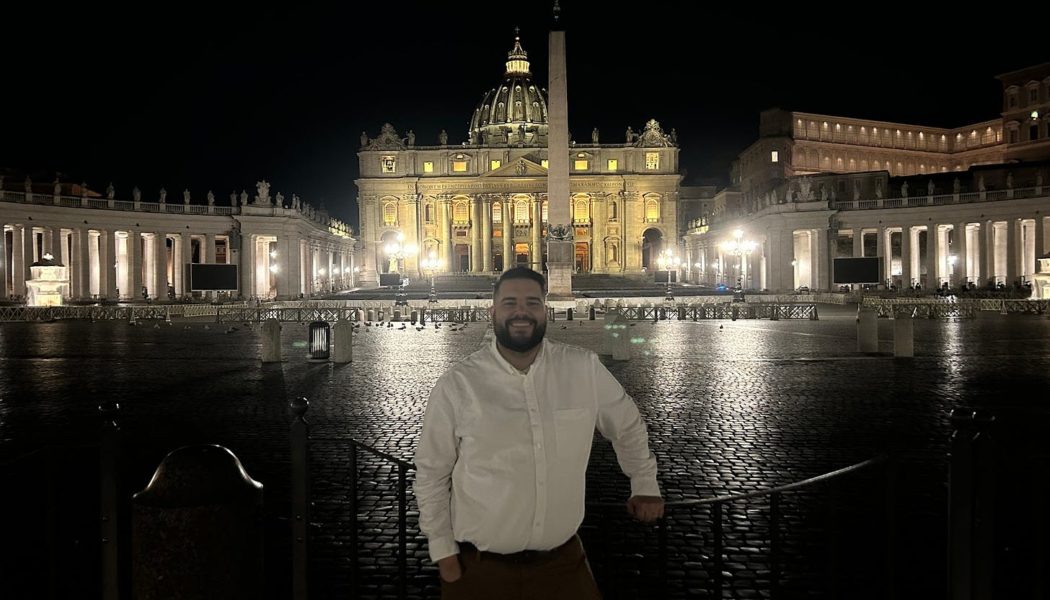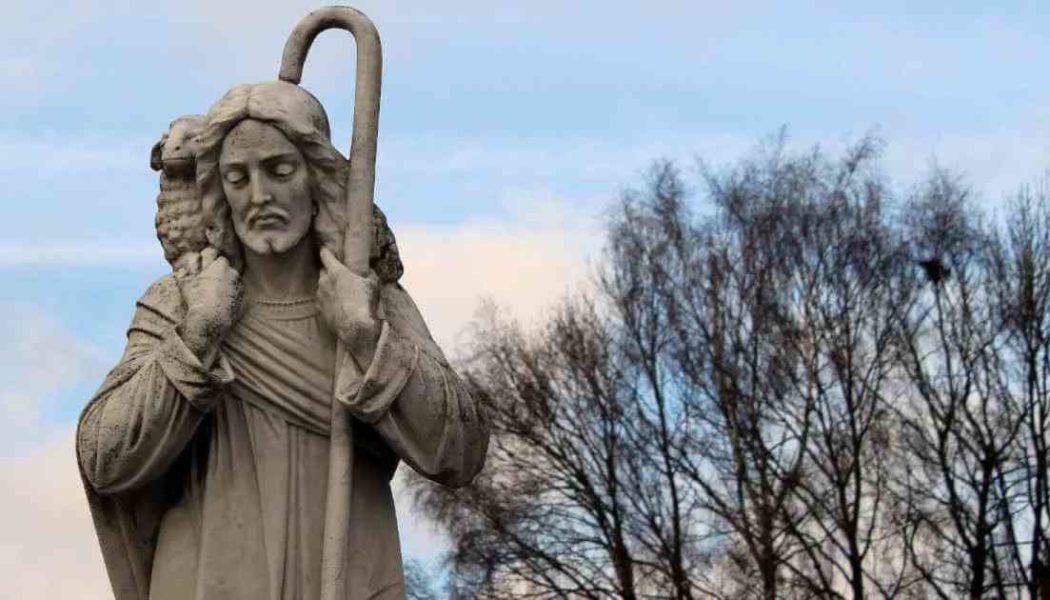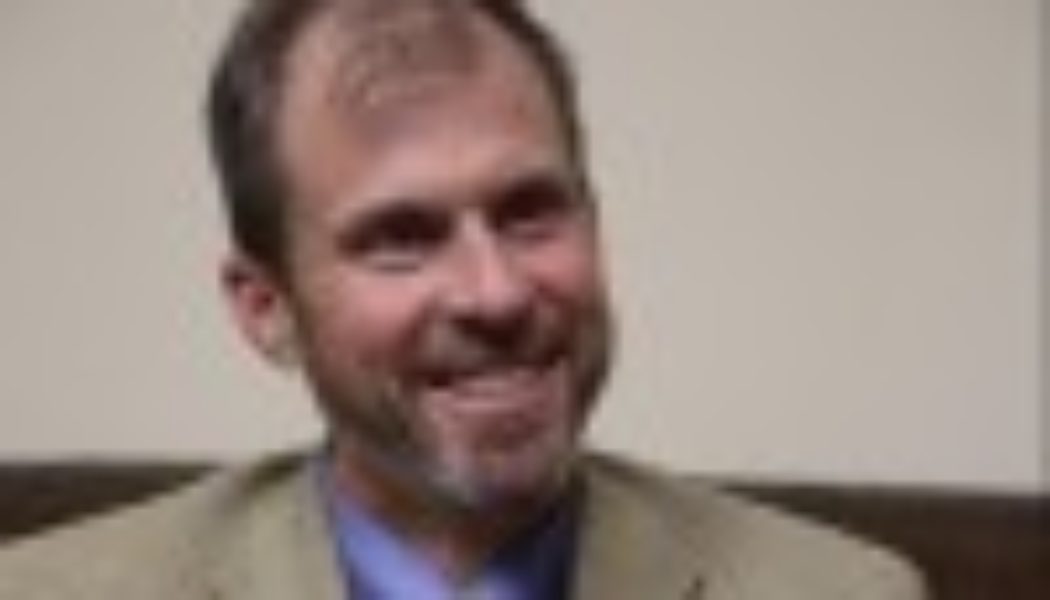Discover
Former Car Thief Explains How Car Theft Actually Works — and What You Should Do to Protect Yourself…
[embedded content] Hondo Underwood is a former car thief. He stole hundreds of cars in and around Denver between 2016 and 2017. Services Marketplace – Listings, Bookings & Reviews Entertainment blogs & Forums
Walk by the Spirit, Avoid the Flesh…
The death of Jesus Christ on the cross revealed the greatest act of love that destroyed the works of the Devil, defeated the authority of sin and death, and provided a salvific path for all God’s children to embrace if chosen. Jesus’ death was not an accident or a mistake in judgment by a few unruly men. The entire mystery of Jesus’ life, death, and resurrection reveals a divine plan of redemption to free men from the slavery of sin.[1] St. Paul reminds us of this when he proclaims that Christ died for our sins in accordance with the scriptures.[2] Jesus explained his role as the suffering servant to his disciples on the Road to Emmaus carefully narrative the salvific events that had taken place and culminating this narrative with the celebration of the...
Texas Carmelites Reject Oversight of Vatican-Appointed Federation…
Texas Carmelites reject oversight of Vatican-appointed federation Skip to content Carmelite nuns at a Texas monastery say they will not accept the Vatican’s designation of a U.S. Carmelite federation to oversee them, amid an ongoing dispute with their local bishop. An April 20 statement from the Arlington Carmel described the entrustment of their monastery to the Carmelite Association of Christ the King as “a hostile takeover that we cannot in conscience accept.” “To accept this would risk the integrity of our monastery as a community, threatening the vocations of individual nuns, our liturgical and spiritual life and the material assets of the monastery,” the statement said. “Accordingly, neither the President of the Association of Christ the King, nor any delegate of hers, is welcome to ...
The Pro-Life Movement Has a Storytelling Problem…
Many years ago, a friend visiting an Eastern European country diligently wrote several postcards, stamped them, and then dropped them in what he thought was a mailbox. It turned out to be a very elegant trash can. Of course, his postcards never made it to their intended recipients. In the pro-life movement, messaging can often be like my friend’s simple mistake where we think we are doing one thing, but with unintended results. For decades, pro-lifers have tried to communicate rich and important truths about babies, motherhood, and the family, yet the polls and the culture continually show these efforts are falling upon deaf ears. We make impassioned and intellectually rigorous arguments, and then they dissolve in the red robes and bonnets of “The Handmaid’s Tale” activists. That one image...
5 Times Jesus Revealed Himself in the Holy Eucharist to Non-Catholics…
‘And it happened that, while he was with them at table, he took bread, said the blessing, broke it, and gave it to them. With that their eyes were opened and they recognized him, but he vanished from their sight.’ (Luke 24:30-31) “What a strange feeling it is to be looking at what by all appearances is a piece of bread in a little glass compartment in the center of a very simple gold monstrance and feel like you are the one being stared at.” Emily Bleicher shared this experience with the Register about her witness to the true presence of Christ in the Eucharist when she was a Protestant. Through a moment of grace, she recognized Jesus beyond her own understanding. I met Emily last summer at a church event. She had arrived in town the week earlier to attend the University of Mary for gradua...
Where Did Jesus Appear After Rising from the Dead? Was it Jerusalem or Galilee?
By Clement Harrold April 19, 2024 One of the more puzzling elements in the Gospel descriptions of the post-Resurrection appearances of Jesus is the fact that Matthew’s Gospel ends on a mountaintop in Galilee, while Luke’s account concludes near Bethany and the Mount of Olives, just a short distance from Jerusalem and almost a hundred miles south of Galilee. To make matters worse, in Luke 24:49 Jesus is recorded as commanding His disciples to “stay in the city, until you are clothed with power from on high.” This is further corroborated by Acts 1:4: “And while staying with them he charged them not to depart from Jerusalem, but to wait for the promise of the Father.” Being clothed with power from on high and waiting for the promise of the Father seem to be allusions to the event of Pentecost...
In the Psalms: A peculiar argument to win God’s favor…
By Dr. Jeff Mirus ( bio – articles – email ) | Apr 19, 2024 In the Psalms, one of the arguments used with some frequency by those who feel abandoned by God runs like this: First, a rhetorical question is asked about whether the dead can praise God—the presumed answer being “No”. Second, the conclusion is drawn that God should aid the one who calls upon Him—so that the one aided can sing God’s praise. This rhetorical questioning is so similar to traditional Jewish humor that one might wonder about its theological sincerity, but I believe the popularity of the argument derives from the early Jewish ambivalence about the nature of what we call “the after life”. The reader will remember that even in Our Lord’s time on earth, the Pharisees believed in the resurrection of the dead bu...
What is truth? A journalist asks Pilate’s question…
By Phil Lawler ( bio – articles – email ) | Apr 19, 2024 “What is truth?” That cynical question, memorably posed by Pontius Pilate, is enjoying new currency today, thanks to public statements by Katherine Maher, the newly installed head of National Public Radio (NPR). ”We all have different truths,” Maher told a TED talk audience, explaining that there are “many different truths.” So she is not worried by the fact that, as she sees it, NPR reporters “are not focused on the truth.” They’re focused on something else, which is the best of what we can know right now. …. Perhaps, for our most tricky disagreements, seeking the truth, and seeking to convince others of the truth, might not be the right place to start. In fact, a reverence for the truth might be a distraction that’s get...
Pope’s Regina Coeli: ‘Jesus the Good Shepherd Awaits Us With Open Arms’…
Regina Coeli Regina coeli, laetare, alleluia.Quia quem meruisti portare, alleluia.Resurrexit, sicut dixit, alleluia.Ora pro nobis Deum, alleluia. V. Gaude et laetare, Virgo Maria, alleluia.R. Quia surrexit Dominus vere, alleluia. Oremus: Deus, qui per resurrectionem Filii tui Domini nostri Iesu Christi mundum laetificare dignatus es, praesta, quaesumus, ut per eius Genetricem Virginem Mariam perpetuae capiamus gaudia vitae.Per eundem Christum Dominum nostrum. Amen. Regina Coeli Queen of heaven, rejoice, alleluia. The Son whom you merited to bear, alleluia,has risen as he said, alleluia.Rejoice and be glad, O Virgin Mary, alleluia!For the Lord has truly risen, alleluia. Let us pray O God, who through the resurrection of your Son, our Lord Jesus Christ, did vouchsafe to give joy to the...
A Blessing, Jobs for the Boys, and Roman Holiday…
A blessing, jobs for the boys, and Roman holiday Skip to content Pillar subscribers can listen to this Pillar Post here: The Pillar TL;DR Happy Friday friends, And hello from Rome. It has been a very productive few days for us here, checking in with friends and gathering threads on a few stories we’ve been working on in the background for a while now. It’s also been an important few days for The Pillar. After some serious encouragement from many of you, and seriously encouraging responses to our request to help us bring Edgar Beltrán on full time as our new man in Rome, we sealed the deal this week. Edgar will be starting properly in a few months, as he and his family sort through the logistical hurdles of moving here, but we couldn’t be happier to have him on board. I think he’s goi...
What Jesus said about the Good Shepherd almost got him killed…..
Don’t think that Jesus is only saying sweet consoling words when he proclaims himself the good shepherd on the Fourth Sunday of Easter, Year B. He is, certainly, doing that. But he is also saying something uniquely challenging. What he said about the Good Shepherd almost got him killed. The Gospel we hear on Good Shepherd Sunday is the climax of a three-chapter-long confrontation in the Gospel of John between Jesus and Jewish leaders. It starts with Jesus teaching in the Temple during the Feast of Tabernacles and in the course of the showdown, he compares himself to “living waters” and calls himself “the light of the world.” He twice references his own divinity saying, “Before Abraham was, I am,” and “I and the Father are one.” He doesn’t just teach astonishing things, he does astonishing ...
Husbands and Wives Need Husbandry and Housewifery…
“This destroyed household that now stands between the sexes is a wound that is suffered inescapably by both men and women.” My eyes were opened when I read these words of Wendell Berry. My wife’s suffering in a home arrangement that has shown itself more and more to be unnatural is in fact also very much my problem; indeed, a problem for our marriage. There is something unnatural about the home that is consumptive and non-productive, and that is left almost exclusively in the care of a housewife while her husband works somewhere else (indeed, even if ‘remotely’ from home). The most obvious casualty in this form of home has been and is the wife, often overwhelmed and isolated while also stripped of many of the richer aspects of her work in the home. Berry writes, “Thus housewifery, once a c...




